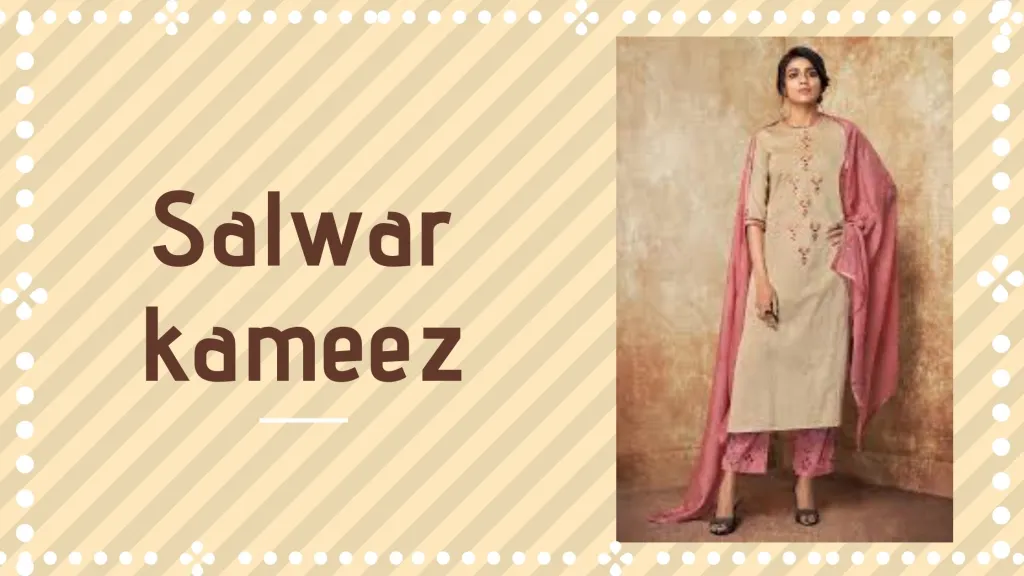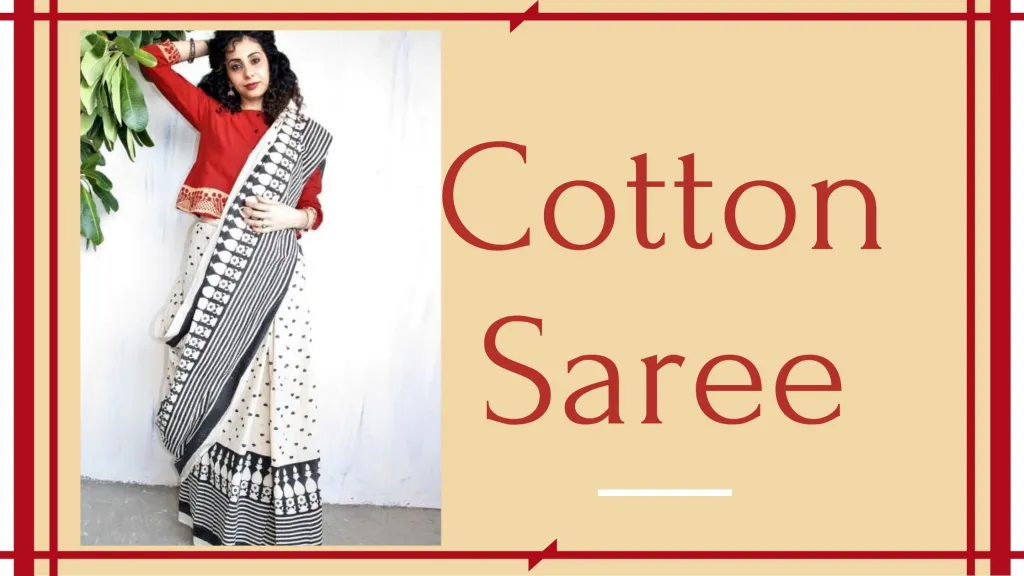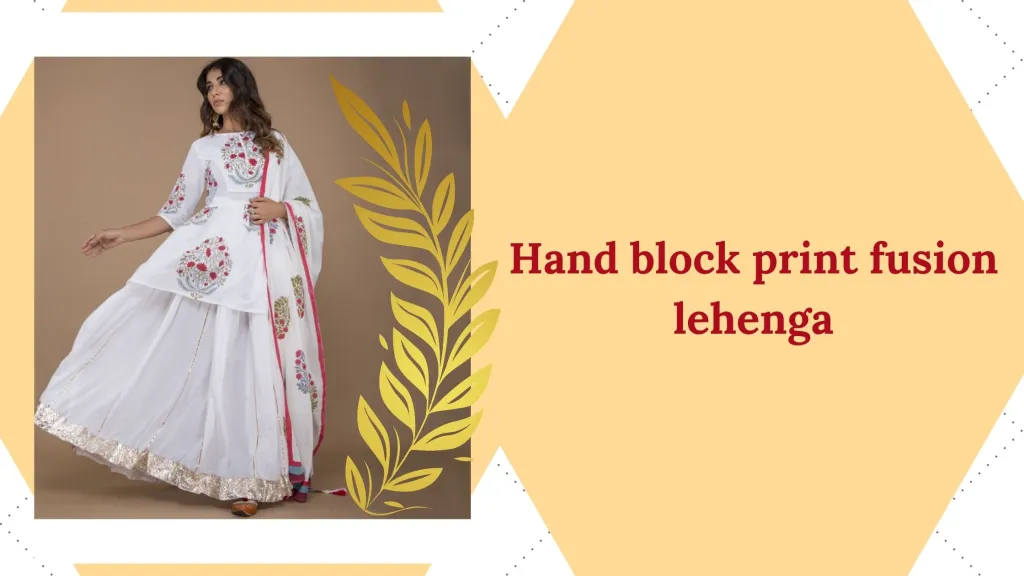Do you remember, when you were 8 years old, you took out a ladyfinger cut it in two halves dipped it in water color and painted the canvas with the colors of your choice? That is real hand block print technique.
The delicate designs that you see printed on the fabric are not designed using a brush. They are patterns printed using wooden blocks. The fine and adorable prints in the shape of flowers, leaves, animals and abstract designs, give a simple cloth an interesting face.
Origin and History of Hand Block Printing in India
The art of designing block prints is closely linked to the origin of the fashion industry in India. The origin of the hand block printing technique dates back to as early as 3000 BC. The history of block printing reveals the use of the same as art to be followed by tradition by the Mesopotamia Civilization.

The art of hand block printing typically hails from Rajasthan wherein cotton is dyed and printed with hand blocks to print a wide range of clothing materials including sarees, tents, salwar kameez, blouses, and so more. As block printing started being used in the major royal festivities and lifestyle in Rajasthan, the overall popularity of block prints and the art of printing soon got widespread.
The images and block prints that are widely used in East India as a style quotient originated in China. Before this technique came to India, it was a well-established art in the continent of China. The art flourished in the era of maharajas, which happened somewhere around 12th century. However, the practice was conceived long before it got imported to India. Since its inception, the art has been an integral part of the apparel design industry.
Innovations
From table napkins to canopied light-bulbs, everything today can see a bit of block print on it. Hand block printing, as a technique, has touched every industry. The innovations that have been introduced in the industry are not just an about the varied facets of design.

They are also about the shift in technology that the block printing industry has witnessed. When screen printing invaded the industry, it ate up the entire hand block printing industry. Now that people have started. Understanding the innate differences between block and screen print, both industries flourish in co-existence.
Today, block printing beats the demand for screen prints because of the eco-friendliness that the former has introduced in its practice.

The future of block printing looks quite impressive from the point where the industry stands today. Hand block printing and screen printing, both have reached a point where further innovation is required in the process of printing. From blocks and screens, it is now time to move on to something more customized, where people can contribute in the designing of the prints and impressions. Just like engraving, where people can customize utilities, hand block printing should be made more customization oriented.
Faces Behind The Fabric

Unlike most other forms of design, hand block printing is profoundly embossed in the history and culture of almost all Indian states. You have the block printing of Punjab, Block printing of Rajasthan, Block Printing of Gujarat, and Block printing of Andhra, to name a few.
Unlike the common design patterns like Phulkari and others, the art of Hand block printing is known to take its cues from the conventional forms of Heena or Mehendi designs along with some other abstract designs.
When you go for buying any saree in Block printing, you will come across common references of animals and queens amongst some of the highly sought-after design patterns. A wide series of designs, as well as the creative skills of the karagir, can help in creating a myriad of designer patterns right from the simple circles and waves to highly intricate designs of animals and other elaborate designs.
The wooden blocks are left to the imagination of the carver who creates intricate patterns of the block. These could be simple geometric formations or more detailed impressions. Depending on the pattern that the artist wants to create on the fabric, the block prints are used on the cloth like block print saree and several other clothes.
The workers of these states unite to form an industry that is extremely important to Indian and global fashion. While the technique of hand block printing has remained uniform throughout the years and across the states, the variety results from the intelligent and creative usage of blocks to create interesting patterns.
Earing Block Prints

Experimenting with looks is so much fun with block prints. Block prints are multi-ethnic. Their global and Indian demand stems from the fact that the print industry is an indispensable part of fashion and interiors. Climate is not a constraint for block printing because the fabrics used for block printing could be of any nature.
You don’t have to worry about your block prints much. Some basics like washing them on the reverse, ironing them regularly and keeping them free of stains can easily add value to the life of the block printed fabrics.



